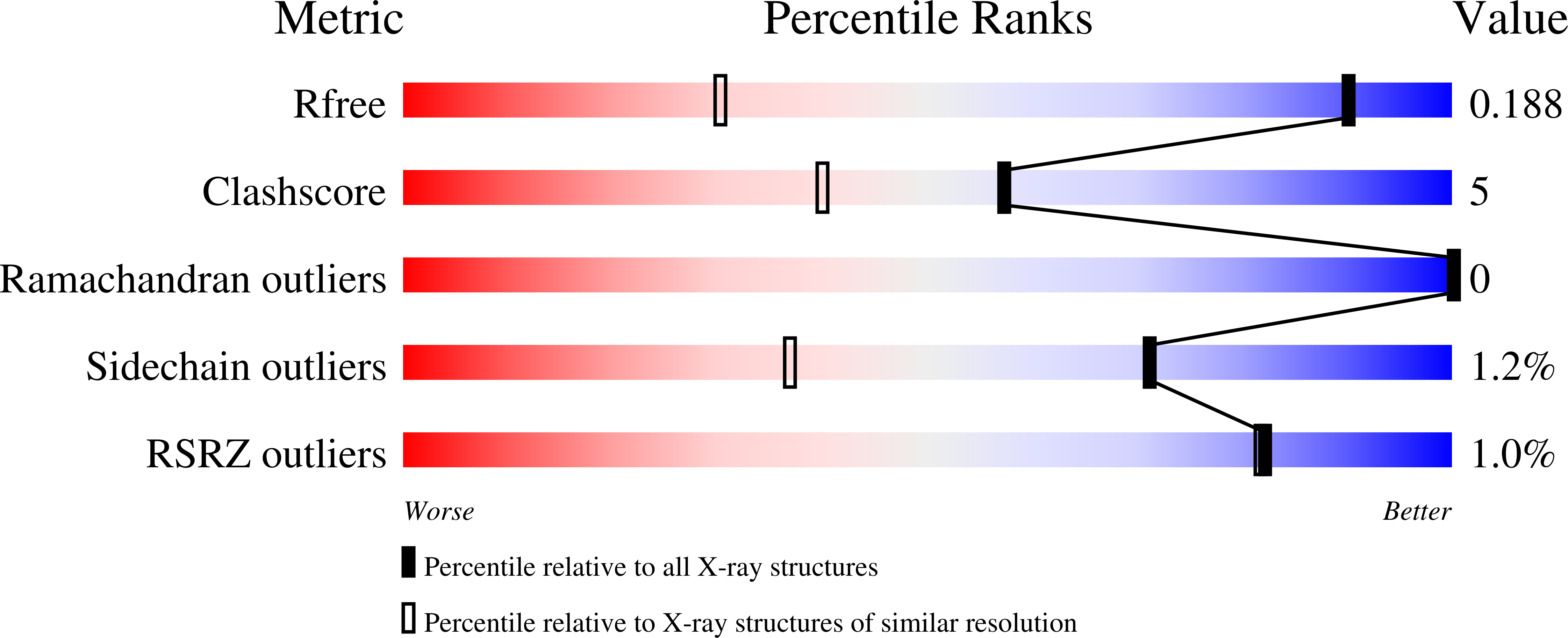
Deposition Date
2008-04-27
Release Date
2008-05-27
Last Version Date
2023-08-30
Entry Detail
PDB ID:
3CYX
Keywords:
Title:
Crystal structure of HIV-1 mutant I50V and inhibitor saquinavira
Biological Source:
Source Organism:
Human immunodeficiency virus 1 (Taxon ID: 11676)
Host Organism:
Method Details:
Experimental Method:
Resolution:
1.20 Å
R-Value Free:
0.19
R-Value Work:
0.15
R-Value Observed:
0.15
Space Group:
P 21 21 2


